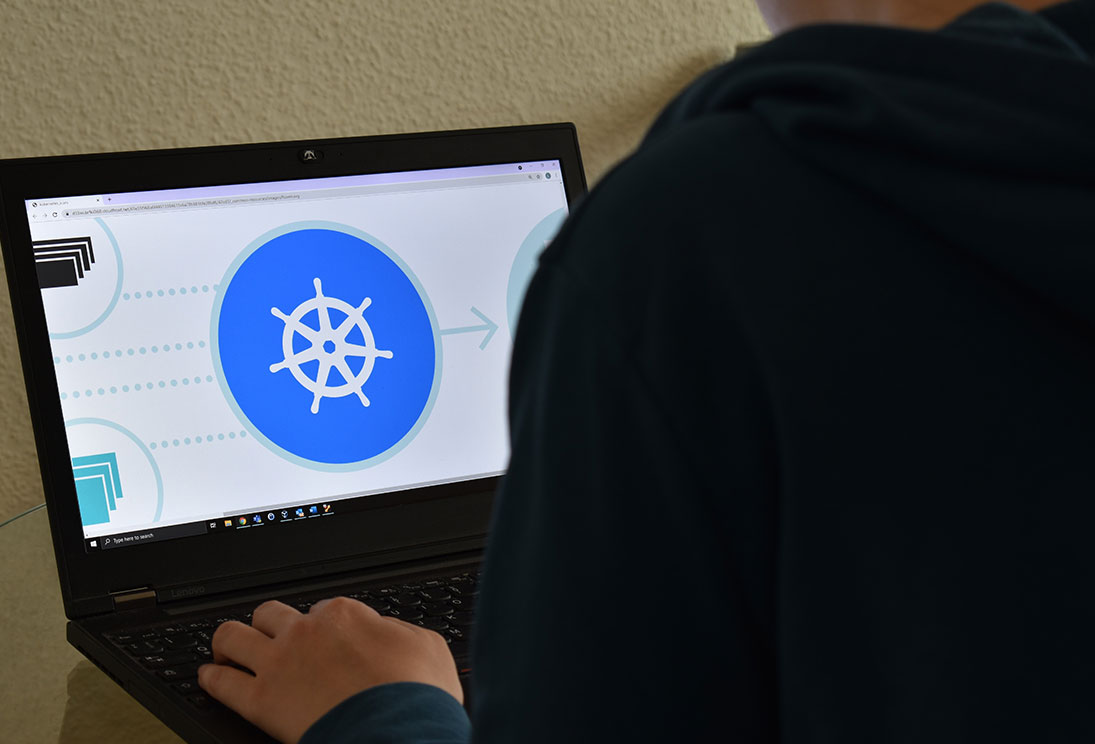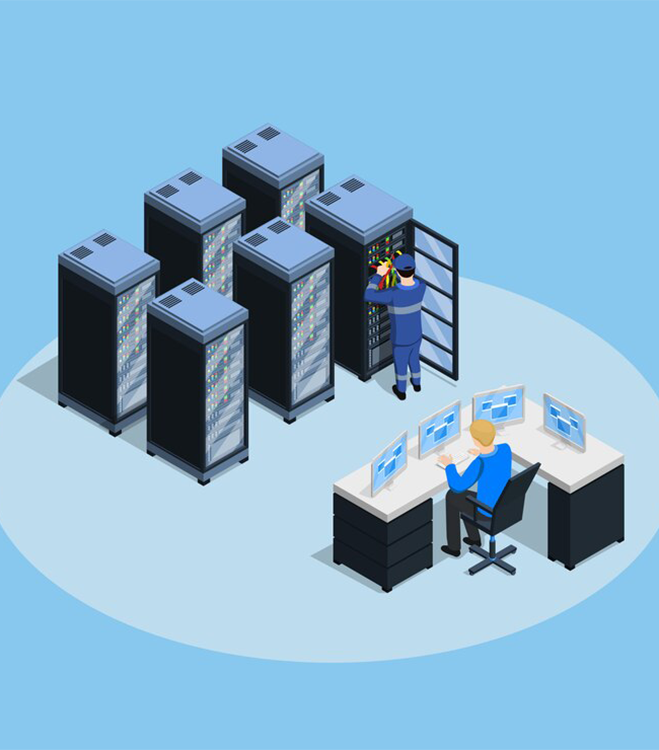Overview
SNP’s Managed Extended Detection and Response (MXDR) for Microsoft Sentinel service leverages the power of Microsoft’s Sentinel SIEM tool to deliver robust, proactive security monitoring and incident response. With predictive analytics, continuous intelligence gathering, and orchestrated responses through a unique set of use cases and automated playbooks, our service ensures rapid detection and remediation of security threats.
Backed by a 24/7 Security Operations Center (SOC), our experts swiftly identify, investigate, and respond to security events, staying ahead of evolving risks. Our service has earned Microsoft-verified MXDR status, affirming the effectiveness of our solution, which combines expert-driven technology with human-led services. This integration with the Microsoft Security platform ensures comprehensive protection with proactive hunting, monitoring, and response capabilities.

Our Approach
The SNP Advantage
Why SNP Technologies for your Cloud Transformation Project?
13
Microsoft Specializations
1000+
Successful Projects Delivered
150+
Microsoft Certifications
300+
Customers
Use Cases
What Our Clients Say
At our organization, we prioritize continuous modernization of our app development and hosting to accelerate our workflow and keep IT costs under control. Azure cloud has been central to these efforts, and our relationship with SNP has been crucial to our success with the platform. SNP has been instrumental in guiding us through critical migration decisions, helping us efficiently roll out our applications on Azure. Through their expertise, we learned that Azure Kubernetes Service (AKS) was the optimal hosting solution for our open-source apps. Additionally, SNP helped us automate deployments with Azure DevOps and set up robust monitoring for health and performance feedback, ensuring our apps run smoothly and efficiently. Having an expert Microsoft partner like SNP on our team has been a significant advantage. Their guidance helped us reach our goals faster, with high-quality results and cost savings along the way.

Director of IT for a Leading Healthcare Provider
SNP has proven to be a true partner in our migration to Azure. They not only understood our applications and environments but also grasped the challenges we faced. Through their expertise, SNP is helping us innovate on Azure in new and creative ways. They’ve gone beyond being a service provider – SNP has truly become OUR partner in this journey.

Senior VP of a Leading Online Service Provider
SNP went above and beyond by taking the time to sit down with me and develop a comprehensive long-term plan, utilizing the latest technology. They helped us determine the best way to leverage this technology to meet the specific needs of our application. It’s rare to find a partner who is willing to go that extra mile to truly understand our operations and ensure the technology is perfectly aligned with our business goals. Their dedication to understanding our unique challenges and providing tailored solutions has been invaluable. We deeply appreciate SNP’s commitment to our success and look forward to continuing this strong partnership.

Director of Global Technology of a Leading Discreet Manufacturing Company
SNP has been an invaluable asset in transitioning our digital signage application from locally hosted servers to Microsoft Azure. Their team possesses both the breadth and depth of expertise in Azure and its many offerings, ensuring a seamless migration.

Technology Director of a Leading Medical School
SNP was brought in to take over an ongoing project and had to act quickly to keep it on track. They proved to have an efficient and responsive technical team, along with excellent project management, ensuring the project stayed on schedule. I highly recommend their services.

Sr. System Analyst of a Leading Retail Company
We would like to extend our sincere thanks to SNP for their invaluable assistance in establishing our Cloud Data Platform on Microsoft Azure. SNP’s professionalism, combined with their deep expertise in Azure technologies, has been critical in helping us implement the platform as planned and within a short timeframe. Our collaboration with SNP was seamless, and the project was executed efficiently from start to finish. One of the key elements of this partnership was SNP’s willingness to share their extensive knowledge with our team, ensuring that our associates gained a deeper understanding of the platform and its capabilities. As a result, our cloud data platform is now robust, scalable, and fully aligned with our business objectives, thanks to the collaborative efforts and dedication of the SNP team. We are grateful for their ongoing support and look forward to continuing this successful partnership.

AGM – Application Development
From the outset, SNP approached our meetings with concrete solutions rather than just suggestions. The team’s deep experience and unwavering drive for success were immediately apparent. As we progressed, our confidence in SNP as a trusted partner only grew stronger. Working closely together during both regular business hours and weekends, SNP seamlessly became an extension of our IT team. We tackled challenges, celebrated successes, and worked toward a common goal. The result of our collaboration is a highly organized and smoothly running Azure IaaS environment. This solution has not only provided us with a reliable and secure platform for hosting virtual machines, but also unlocked new platform features that were previously unavailable in our on-premises IT model. We look forward to future projects with the SNP team, particularly as we explore opportunities in data analysis and AI.

Director of IT Infrastructure
Since SNP assisted us with several SQL-related projects, we’ve built a strong and enduring partnership. Our collaboration has truly been a team effort, with both teams working together day and night, including weekends. Through this partnership, we’ve established a foundation of trust and excellence that has been key to our success. In 2022, SNP played a pivotal role in migrating our on-premises data center to Azure, which involved server workloads, over 70 applications, and their interdependencies. Not only did SNP handle the technical challenges, but they also implemented best practices in networking, security, identity, and governance. This migration extended well into 2023, and throughout the process, SNP displayed an unmatched level of commitment, frequently taking calls at early and late hours to address the high priority of this engagement. As a result of this successful partnership, we are now working with SNP to assess and modernize our data warehouse environment with Microsoft Fabric. Furthermore, SNP is currently involved in several Generative AI projects with us, aimed at enhancing business efficiency and leveraging innovation to meet our mission objectives. Looking ahead, we are excited to continue our collaboration with SNP for many years to come.

VP of Technology Solutions & Architecture
I would like to extend my heartfelt thanks to both Microsoft and SNP for their invaluable assistance and expertise, which were pivotal in making our Azure migration a resounding success. Thanks to their efforts, we’ve achieved performance from our Azure servers that mirrors our previous on-premises infrastructure, with no notable deficiencies. Moreover, the pricing estimates provided by Microsoft prior to migration were accurate and aligned perfectly with our expectations. This level of precision and support has been crucial to the success of our migration. We are truly grateful for our continued partnership with both Microsoft and SNP, and we look forward to building on this success in the future.




























